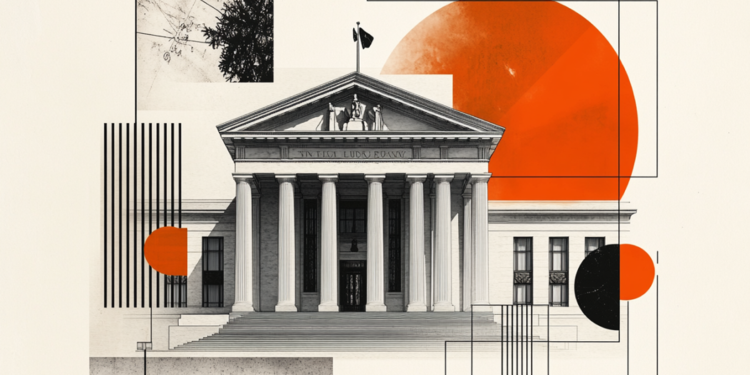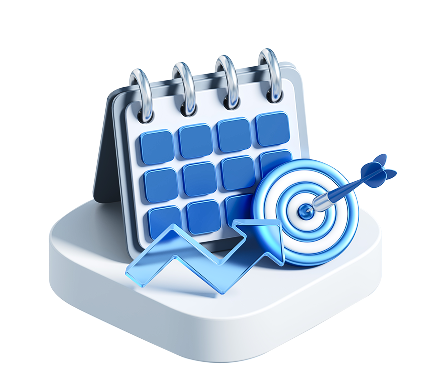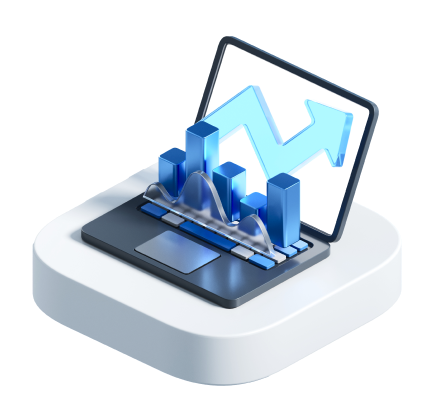
Federal Reserve (Fed) Bank of St. Louis President Alberto Musalem said late Thursday that he saw upside risks to inflation.
Key quotes
The economy has been resilient in the face of uncertainty.
Job market has softened of late but has been around full employment.
Expects economy will pick up next year after soft 4Q.
Expects economy 'to do well' next year.
Tariffs are driving up inflation but impact will fade next year.
Expects a continued gradual cooling in job market with downside risks.
Sees upside risks to inflation.
Uncertainty around tariffs have weighed on companies.
Companies closer to consumers have limited tariff pass through.
Fed's two mandates are somewhat in tension.
Longer term inflation expectations have been anchored.
Is committed to keeping inflation expectations anchored.
Government deficits on unsustainable path.
Market reaction
At the time of writing, the US dollar Index (DXY) is trading around 99.70, down 0.46% on the day.
(This story was corrected on November 7 at 1:30 GMT to say, in the title, that Fed’s Musalem: Sees upside risks to inflation, not Fed’s Hammack)
Fed FAQs
Monetary policy in the US is shaped by the Federal Reserve (Fed). The Fed has two mandates: to achieve price stability and foster full employment. Its primary tool to achieve these goals is by adjusting interest rates. When prices are rising too quickly and inflation is above the Fed’s 2% target, it raises interest rates, increasing borrowing costs throughout the economy. This results in a stronger US Dollar (USD) as it makes the US a more attractive place for international investors to park their money. When inflation falls below 2% or the Unemployment Rate is too high, the Fed may lower interest rates to encourage borrowing, which weighs on the Greenback.
The Federal Reserve (Fed) holds eight policy meetings a year, where the Federal Open Market Committee (FOMC) assesses economic conditions and makes monetary policy decisions. The FOMC is attended by twelve Fed officials – the seven members of the Board of Governors, the president of the Federal Reserve Bank of New York, and four of the remaining eleven regional Reserve Bank presidents, who serve one-year terms on a rotating basis.
In extreme situations, the Federal Reserve may resort to a policy named Quantitative Easing (QE). QE is the process by which the Fed substantially increases the flow of credit in a stuck financial system. It is a non-standard policy measure used during crises or when inflation is extremely low. It was the Fed’s weapon of choice during the Great Financial Crisis in 2008. It involves the Fed printing more Dollars and using them to buy high grade bonds from financial institutions. QE usually weakens the US Dollar.
Quantitative tightening (QT) is the reverse process of QE, whereby the Federal Reserve stops buying bonds from financial institutions and does not reinvest the principal from the bonds it holds maturing, to purchase new bonds. It is usually positive for the value of the US Dollar.








